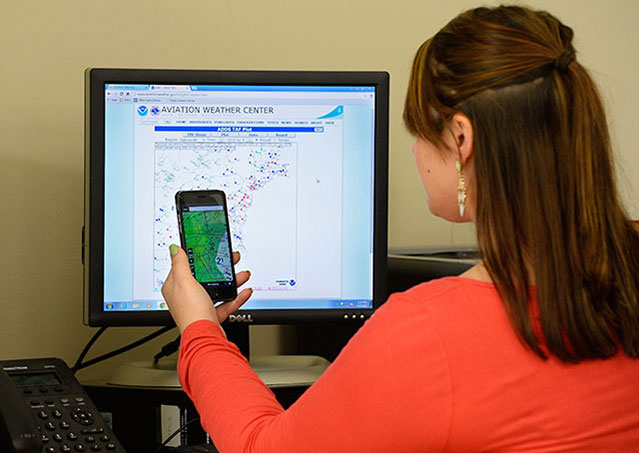
It’s a crystal clear morning. Your schedule is cleared, and the training aircraft is yours for the entire day. At last, here’s a good chance to complete your cross-country requirements and turn your attention to the final prep for your private pilot practical test.
So it comes as a surprise and a disappointment when your call to Flight Service results in a much less upbeat picture of the weather for the route. And it’s not just a forecast of more turbulence or less-spectacular visibility than expected.
"I wouldn’t recommend VFR across the route," the briefer says.
Many pilots, upon hearing those words, say thank you and hang up, and then reschedule the flight. Others are less easily swayed by the seemingly mild caution that flight service specialists know as a VNR (VFR not recommended) advisory to a pilot.
Don’t let an undramatic presentation of a VFR not recommended advisory rob you of your ability to use good judgment about its importance. If anything, it puts that judgment to a significant test. As the Pilot/Controller Glossary explains, a VFR not recommended advisory is "to be given when the current and/or forecast weather conditions are at or below VFR minimums. It does not abrogate the pilot’s authority to make his/her own decision."
The Air Safety Institute’s Accident Case Study: VFR into IMC examines the decision making of a noninstrument-rated pilot confronted with such a situation while being briefed for a flight in a single-engine airplane from Billings, Montana, to Spanish Fork, Utah. The recorded phone briefing makes apparent the pilot’s determination to launch on the flight despite any weather-related complications.
Unconvinced by the discouraging picture of the weather provided by the briefer, the pilot responds, "So the sooner the better."
The briefer replies, "Well, yeah but it’s not good now. I wouldn’t recommend VFR across the route."
The pilot persists, saying, "I can get a long ways down there and then take another look."
Any aviator would benefit from studying this case (and its outcome) not just for the weather scenario it presents, but because it challenges you to identify any hazardous attitudes that might make you prone to similar errors of aeronautical decision making.
For now, your flight instructor is your backstop on such calls. But starting with that practical test, no one’s warning will abrogate the fact that the call is all yours.



